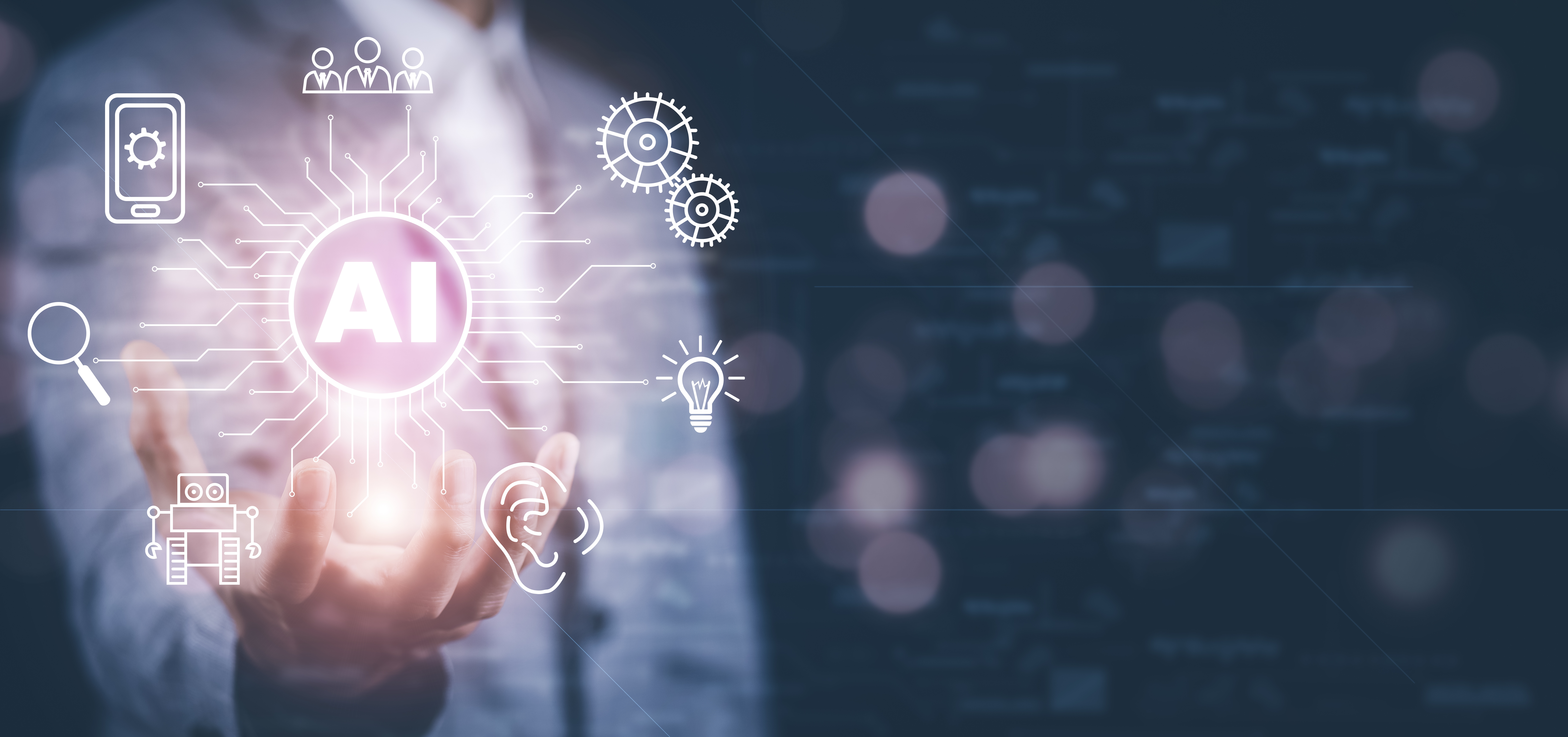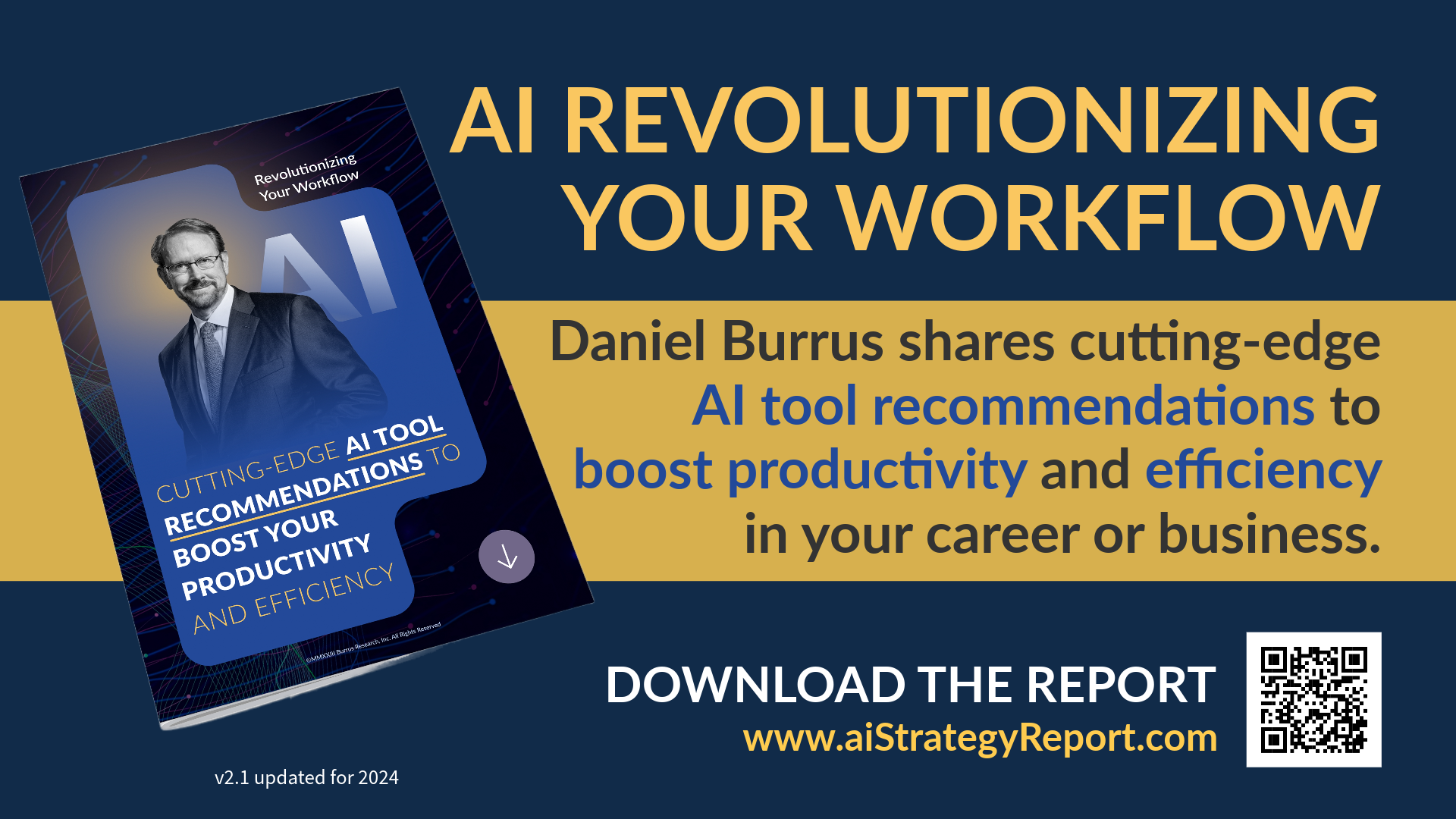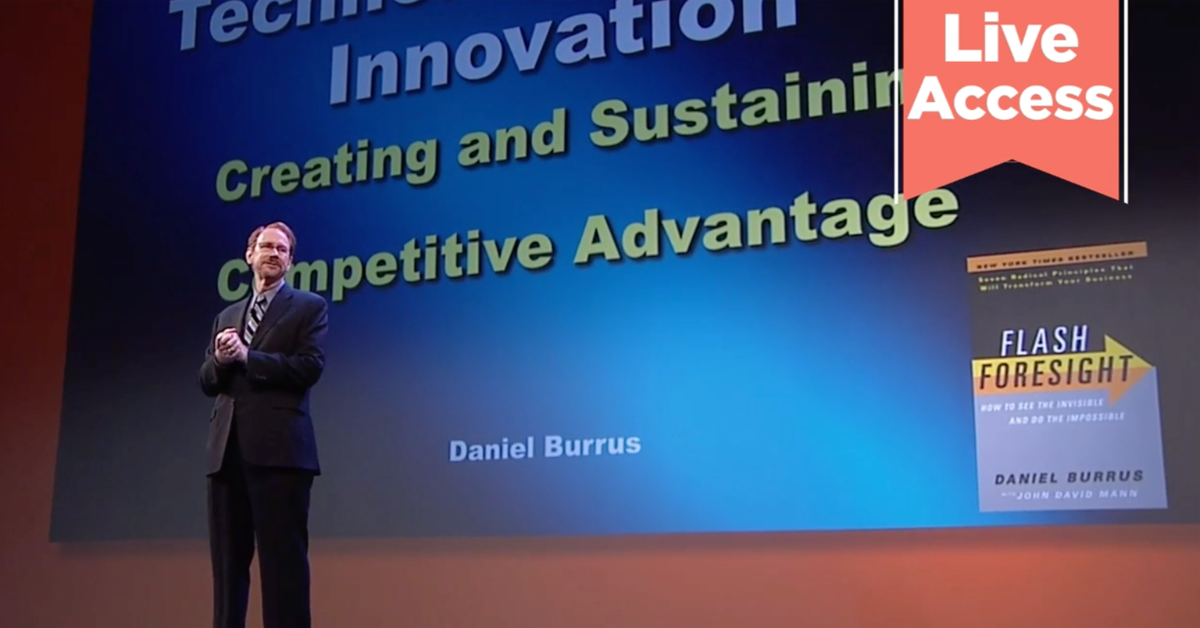In years past, agility has been the cornerstone of business success, and it is something I frequently address in my teachings. The ability to react quickly to disruptions as they come is not a terrible thing, though while agility may have kept companies and executives at the top of their industry for many years, it is no longer enough.

Agility puts you in a position that is only useful after disruption has occurred. Essentially, you have no edge on the competition, no matter what that competition is. Crisis management and reacting to problems as they are hitting you is immensely stressful, as by the time they occur, you have already lost profits, customers, or operational efficiency.
In a time where Artificial Intelligence (AI) and massive technological transformations are happening at beyond-exponential rates, being reactionary and having a wait-and-see attitude will be what both allows your competition to surge ahead but also what proves to be a major setback in both your professional and personal life.
This month, I had the fortune to speak with Karen Ellenbecker, EIG founder and senior wealth advisor for the Ellenbecker Investment Group and a longtime friend of mine, on her podcast, MoneySense. I am extremely thankful that Karen invited me to join in the discussion about the technological revolution taking place and to share my insights on how to be an Anticipatory Leader in the face of current and future AI disruptions.
The ability to be agile is a good skill to have, but business leaders need an Anticipatory strategy in conjunction with it that allows them to pre-solve the real problems in each circumstance before they have the opportunity to disrupt. No longer is it advantageous to merely be a passive receiver of the future; you need to instead anticipate what is to come and be an active shaper of the future to create a positive one filled with opportunity.
The Future of Technology Is Now

One of the first questions Karen asked me in our discussion was to give my definition of AI. My definition is quite simple: revolution. Artificial Intelligence has been around for decades whether everyone realizes it or not, and I have based a large amount of my research on its implications and how it will impact business operations and the world. In the past, AI has been in an evolutionary state, moving forward exponentially. However, last year, we witnessed the technology take an unprecedented leap with the introduction of ChatGPT from OpenAI.
Just to refresh for those new to this AI application: ChatGPT is a generative language model that is changing the way we write content, create videos, code, and more. As the fastest-growing AI software in contemporary history with over 100 million users in the first two months, the software is changing the face of business and our personal lives at an unprecedented rate.
ChatGPT has become a major disruption to almost every industry, and many software companies are already trying to play catch-up. Microsoft released their own version called GPT-4, as well as Google, with their model, Bard.
Now that AI applications are moving at a beyond-exponential pace, there are only two options left for every business: to either look to the future and locate the opportunities AI presents, or to react on an oncoming basis and fall behind where it will be near impossible to catch up sooner than later.
Find a Way to Let Go of Fear

It is human nature to fear change, to fear the unknown future, and to try to ignore the things that we fear. Many executives and business leaders allow this fear to keep them from taking the steps necessary to move forward. It stops them from making decisions and stops the company from growing.
Fear quite simply stems from uncertainty. If we are uncertain or do not have enough information about something, we tend to be resistant to or afraid of what is to come, halting us.
The opposite of that coin is certainty, and with certainty comes power — the power to choose our path and the confidence to make bold choices that propel us forward. Strategy based on uncertainty is high-risk, but strategy based on certainty is low-risk. But how do you gain that certainty that allows you to make choices with confidence?
There is a phenomenon that Karen and I discussed in this podcast episode called a “black swan event.” This is an event that comes along without any warning. However, I firmly believe that there are always signs that indicate what is to come, even amid a black swan event.
If you go to a beach and look out onto the water, you will notice a bunch of white swans close to the shore, and you admire them for their grace and beauty. Now, look farther out onto the ocean, and you see more white swans, but you also see a black swan. Many people are so preoccupied with the white swans up close that they do not bother to expand their gaze to see the black swan farther out, leaving them surprised when it comes close.
The same is true for business. By taking the time to look out into the future, you can anticipate and turn uncertainty to certainty by seeing the “black swan” heading your way, so to speak. Only then can you understand the price of not doing anything when predictable disruptions are heading your way. Ask yourself, if you know something is going to happen, what is the cost of not doing it? More often than not, this cost will be far superior to any immediate cost in taking a step forward in an Anticipatory direction.
Make an Effort to Find the Black Swan

The key to anticipating the future in the face of technological transformation is to not ignore the black swan. The future is not unpredictable, and the first step to becoming an Anticipatory Leader is realizing that everything, and I do mean everything, runs in cycles. The moon has cycles, and astronomers can tell you exactly what day in March 2040 it will be full. The stock market will always go down and will always come back up.
What keeps us stuck in fear and blind to those predictable cycles is linear change. We went from 3G to 4G and now have 5G computing. What comes next? We will never go back to slower processing power, so obviously 6G, 7G, and so forth. AI is also a linear change. We will never go back to a time without AI. The secret is out, it is being applied by many, and while regulations may change around it, we will continue to use it as computing power increases. AI applications will only ever keep moving forward and transforming the way that we do business, so it is crucial that you embrace it now.
The key is identifying the next inevitable step in linear change by looking at Hard Trends. These future certainties that will happen should be separated from the Soft Trends that are based on assumptions and can be changed. By understanding the Hard Trends that are coming your way, you improve the confidence in yourself and your team to overcome your fear of the unknown and, instead, make more bold choices. You gain the ability to turn disruption into a choice, and influence the Soft Trends to your advantage.
Boost Your Productivity and Efficiency with AI tools Available Now

I reviewed over 3,000 AI tools and recently published a report of the top five tools in multiple categories, including creating an effective PowerPoint, programming, and many more. This report is available for download here on my website, or at https://aistrategyreport.com.







Comments